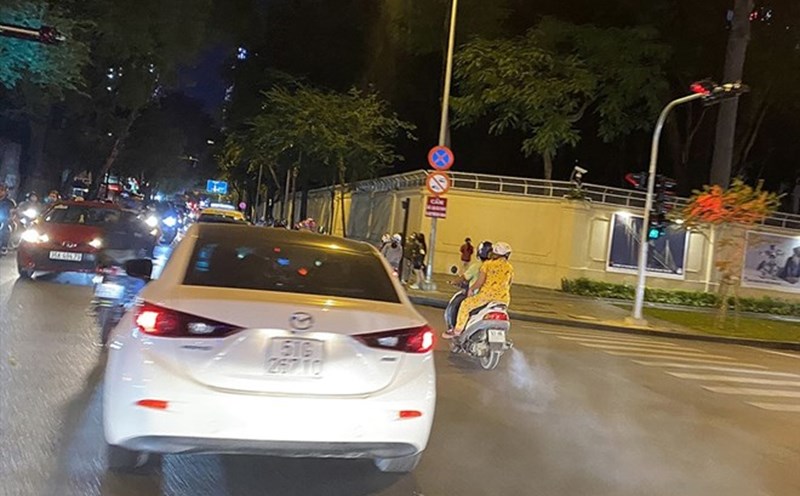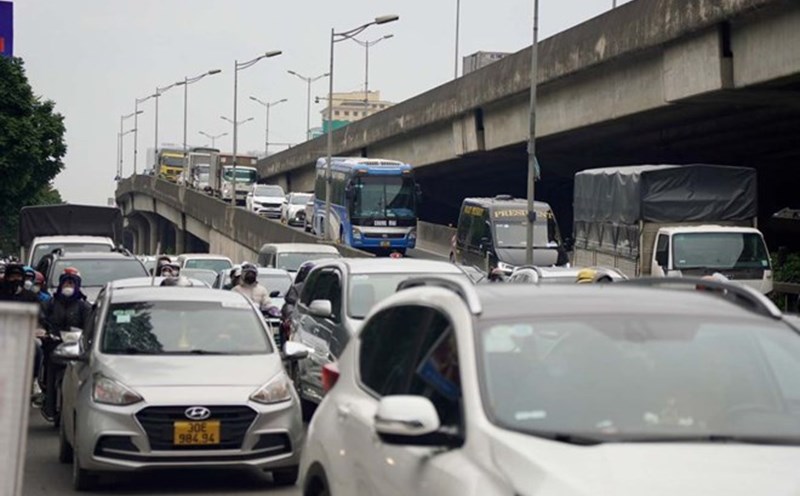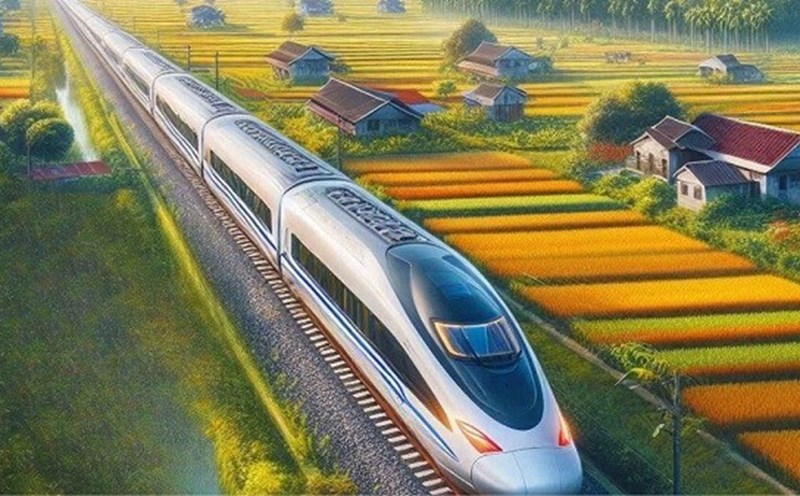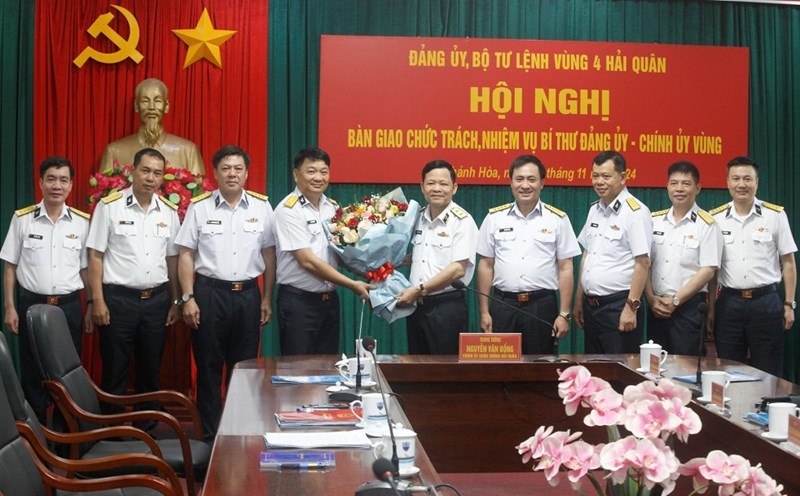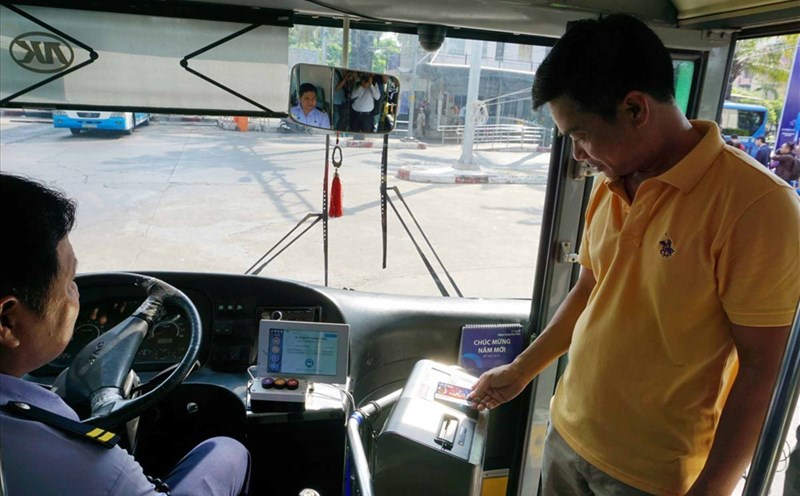Emission reduction scenario
Prof. Dr. Le Anh Tuan - Chairman of the Council of Hanoi University of Science and Technology - said that transportation is one of the main sources of greenhouse gas emissions, accounting for nearly 24% of total greenhouse gas emissions.
It is forecasted that in Vietnam by 2030, the transport sector alone will emit 89.1 million tons of CO2, of which road transport accounts for the largest proportion of greenhouse gas emissions at over 80%. This leads to the need to control emissions, especially for road transport.
The consulting team led by Prof. Dr. Le Anh Tuan has developed three scenarios for electric vehicle development, including BAU (development towards conventional emissions of the transport sector); National self-implementation scenario (NLTN - reducing emissions using domestic resources) and scenario towards net zero emissions (PTR0 - scenario with international support).
Depending on the scenario, the demand for electricity will also be different. With the NLTN scenario, the total demand for electricity consumption by 2030 is 2.66 TWh and 2050 is 31.32 TWh. If following PTR0, the figure will be up to 14.88TWh in 2030 and 90.57TWh in 2050. However, if following the PTR0 scenario, greenhouse gas emissions from roads tend to decrease by nearly 5.9%/year from 2025 - 2050.
To do this well, Prof. Dr. Le Anh Tuan proposed a national electric vehicle conversion program with 3 phases including the start-up phase (2024 - 2030), rapid growth phase (2030 - 2040) and stable growth phase (2040 - 2050) with specific key solutions to achieve specific goals including: Building and perfecting policy mechanisms to promote the development of electric vehicle conversion; propaganda, raising awareness; developing transport infrastructure and power grid infrastructure to meet the conversion roadmap; controlling the use of motor vehicles; improving management capacity, developing human resources; strengthening international cooperation and science and technology.
9 Pillar Solutions
Deputy Minister of Transport Le Anh Tuan shared that to reduce greenhouse gas emissions, Vietnam needs to rely on the reality of a developing agricultural country. To do this, Mr. Tuan said, it cannot be done in one direction but needs to follow many different directions.
Detailing this issue, Deputy Minister Le Anh Tuan has just signed and issued a plan to implement measures to reduce greenhouse gas emissions (in the transport sector). Accordingly, the transport sector strives to reduce 3.4 million tons of CO2 by 2025, and 45.62 million tons by 2030.
The Ministry of Transport has proposed 9 main solutions including: Limiting fuel consumption for newly manufactured, assembled and imported motor vehicles; Converting passenger transport modes from using personal vehicles to using public passenger transport; Converting road transport modes to railways; Converting transport modes from road to inland waterways and coastal roads; Encouraging the use of CNG buses; Increasing the load factor of cars using biofuels; Using electric cars and electric motorbikes; Using electric buses.
Former Deputy Minister of Transport Nguyen Ngoc Dong shared that mobilizing resources to bring Netzero as committed is a huge challenge.
"We believe that, in addition to domestic resources, we need to mobilize international resources. Partners have made commitments and are ready, but we must approach and use them effectively on the basis of meeting certain conditions. In addition, we need to review legal regulations and attract the private sector to participate in their strengths such as converting vehicles, energy, etc. to combine new resources to achieve the goal," said Mr. Dong.
Thus, it can be said that with the proposed policy, the Ministry of Transport really needs the support of the people, businesses, and international partners. Only then will Vietnam have enough strength to continue implementing CO2 reduction as expected.


